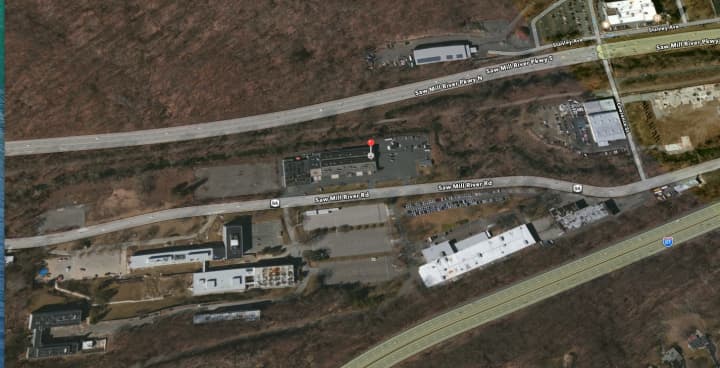Astorino’s camp, however, says Jenkins’ plan would undermine the amount of affordable units that can be squeezed out of the project and thus the county’s efforts to fulfill its legal obligation to build affordable housing for minorities in Westchester.
“Utilizing County funds for this type of development is what landed Westchester in court and cost Westchester millions of dollars in the first place,” said Jenkins, in an Oct. 3 press release.
In 2009, Westchester County agreed to settle a fair housing lawsuit with the U.S. Department of Housing and Urban Development (HUD) and build 750 affordable units in 31 communities that have low minority populations and market them to minorities, as well as investigate local zoning that may undermine minorities from moving into those communities.
Hastings-on-Hudson is among the 31 communities.
Ginsburg Development has been proposing different ways to develop housing on the 7.45-acres at Route 9A at 425 Saw Mill River Road long before the settlement, since about 2000. The project underwent several reincarnations, with the recent plan for the property proposed in 2013.
Ginsburg is seeking community development block grants, federal funding granted to the county for affordable housing, to help build 66 units in three separate buildings. Two buildings would have 27 market rate units each, and a third would house 12 affordable units.
Jenkins says that since the affordable units are secluded to one building, it wouldn’t pass fair housing rules. He also criticized the development’s location as “placed in an industrial zone where there are no sidewalks nor grocery stores.”
The simple solution, according to Jenkins, would be to scatter the affordable units throughout the buildings.
“This is not a question of whether a developer wants to build rental housing, it is about whether it is right for the county to use funds that was targeted to comply with the 2009 federal housing settlement to create segregated clustered housing,” said Jenkins.
Ned McCormack, Astorino’s director of communications, counters that the proposal is fully compliant with all financial and affordable housing regulations, and that Jenkins’ plan would only allow for five rental units under the law.
“This is the same structure we’ve been using that the Board of Legislators has approved already in Rye,” McCormack told Daily Voice.
He also maintained that the development isn’t isolated since it will include walkable connections to the South County Trailway and village’s downtown.
“The reason the board approved it and went this route is because it maximizes the number of affordable units we can get, while still staying compliant with the Fannie Mae regulations for selling mortgages in the market place, ” said McCormack. "We wanted to get the most units when everyone is clamoring for units, 12 is better than five."
Click here to follow Daily Voice Rivertowns and receive free news updates.


